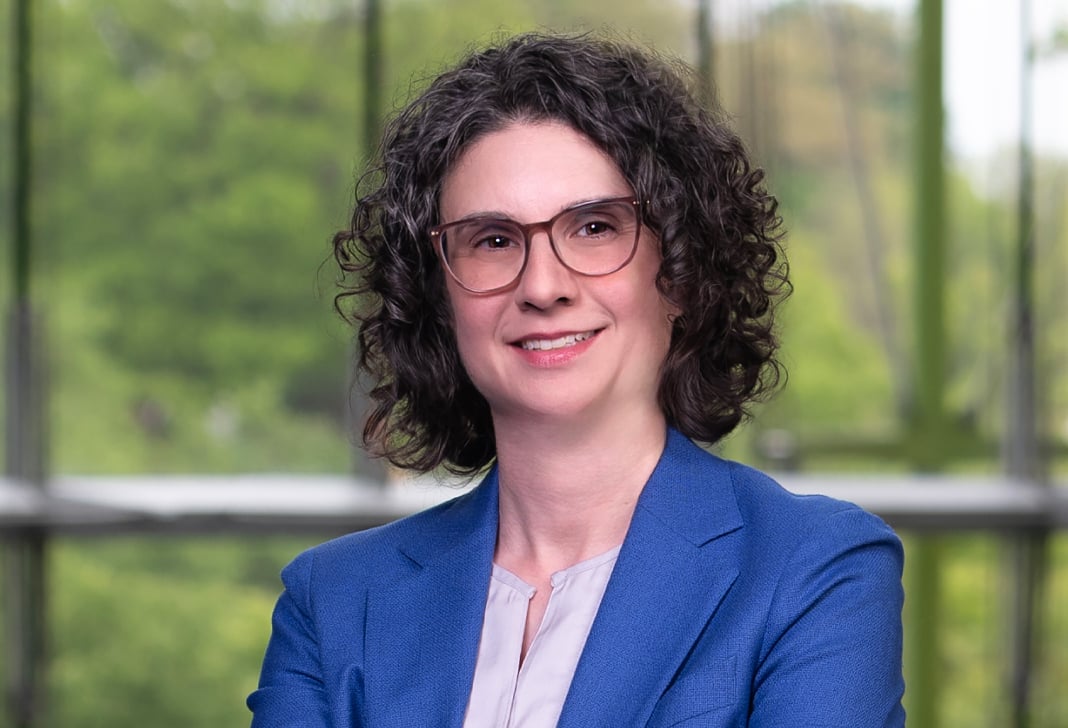
Louisiana Federal Court Permits Drilling for Carbon Sequestration Project
On December 26, 2022, in Air Products v. Livingston Parish, the U.S. District Court for the Middle District of Louisiana granted Air Products Blue Energy, LLC's motion for a preliminary injunction prohibiting the enforcement of a moratorium on drilling Class V wells. Air Products, a hydrogen supplier, seeks to build a carbon sequestration facility beneath Lake Maurepas that will inject and store carbon dioxide underground. Without this injunction, the moratorium would have prohibited construction of the wells necessary for this carbon sequestration facility.
Air Products' right to use state property to conduct activities for this carbon sequestration facility was originally granted by the Louisiana State Legislature on October 13, 2021. But exactly one year later, the local government of Livingston Parish adopted a 12-month moratorium on "any activities associated with Class V wells where the well is specific to geologic testing of rock formation, monitoring, drilling, or injecting of CO2 for long term storage," hindering Air Products' ability to move forward with the carbon sequestration facility.
In its motion for a preliminary injunction, Air Products argued that the moratorium is preempted by federal and state law. While the court disagreed with the argument that the federal Safe Drinking Water Act preempted the moratorium, as Congress has recognized value in encouraging local standards for underground injection activity that are stricter than federal minimums, the court agreed that the Louisiana Legislature intended to preempt local regulation of underground injection control ("UIC"), citing a case from the Louisiana First Circuit Court of Appeal in support.
The court concluded that the moratorium is preempted in that it encroaches on the field of UIC, as Louisiana allows UIC wells through its own UIC program. In issuing the injunction, the court signaled a focus on a need for uniformity across the field. This opens the door for Air Products to complete testing and surveying in preparation for building its facility. It also opens the door for other similarly situated facilities around the state to pursue carbon sequestration projects.
Read the full Climate Report here.


